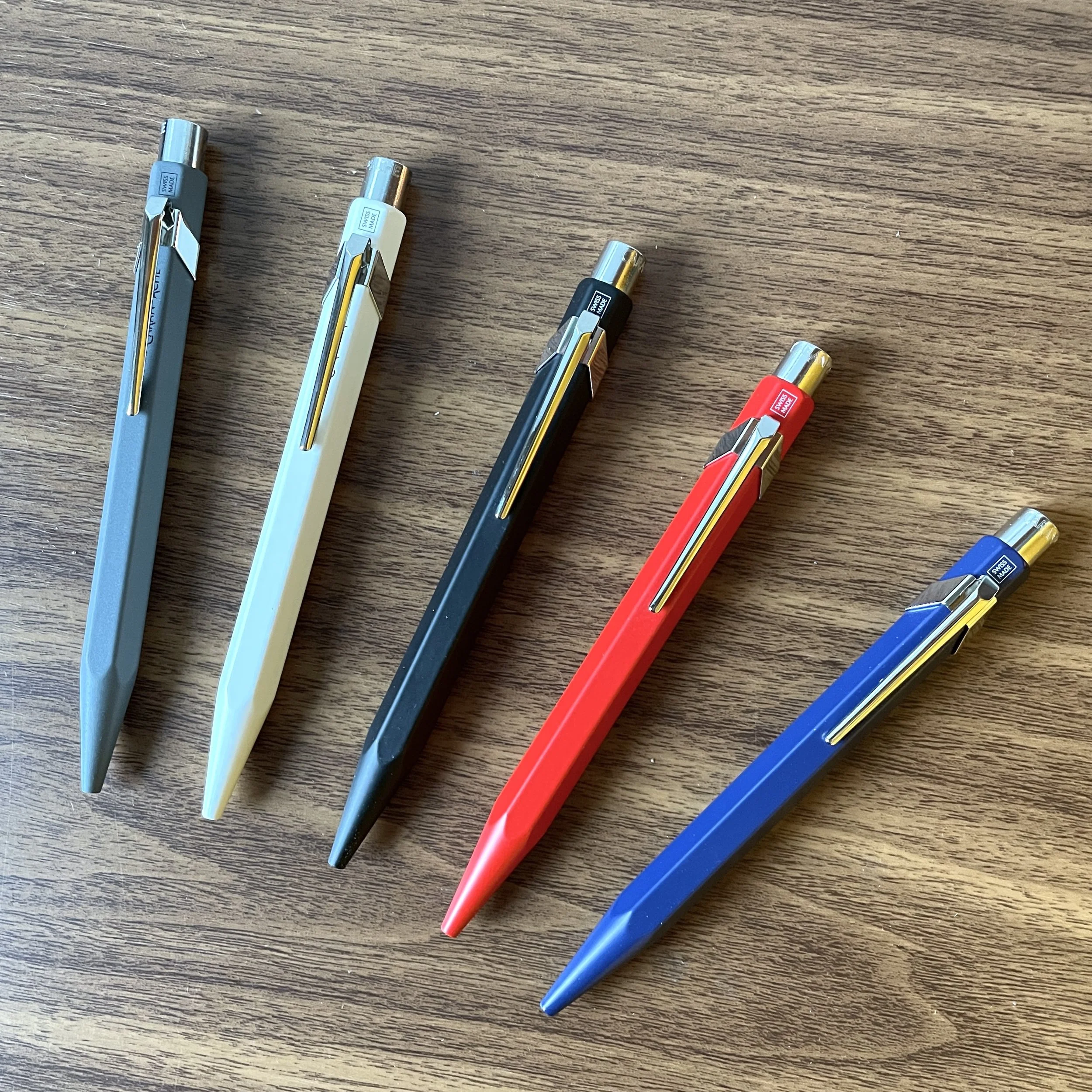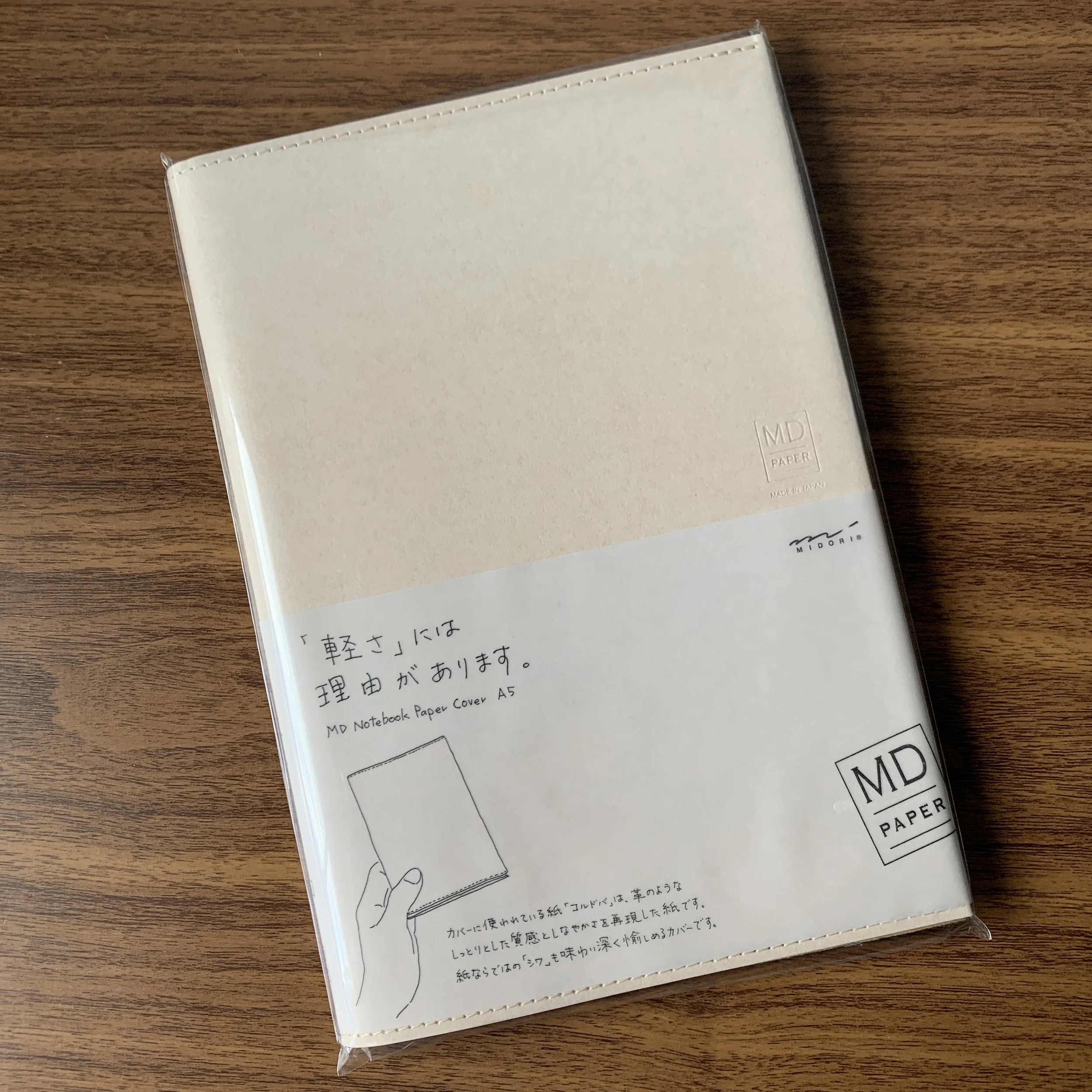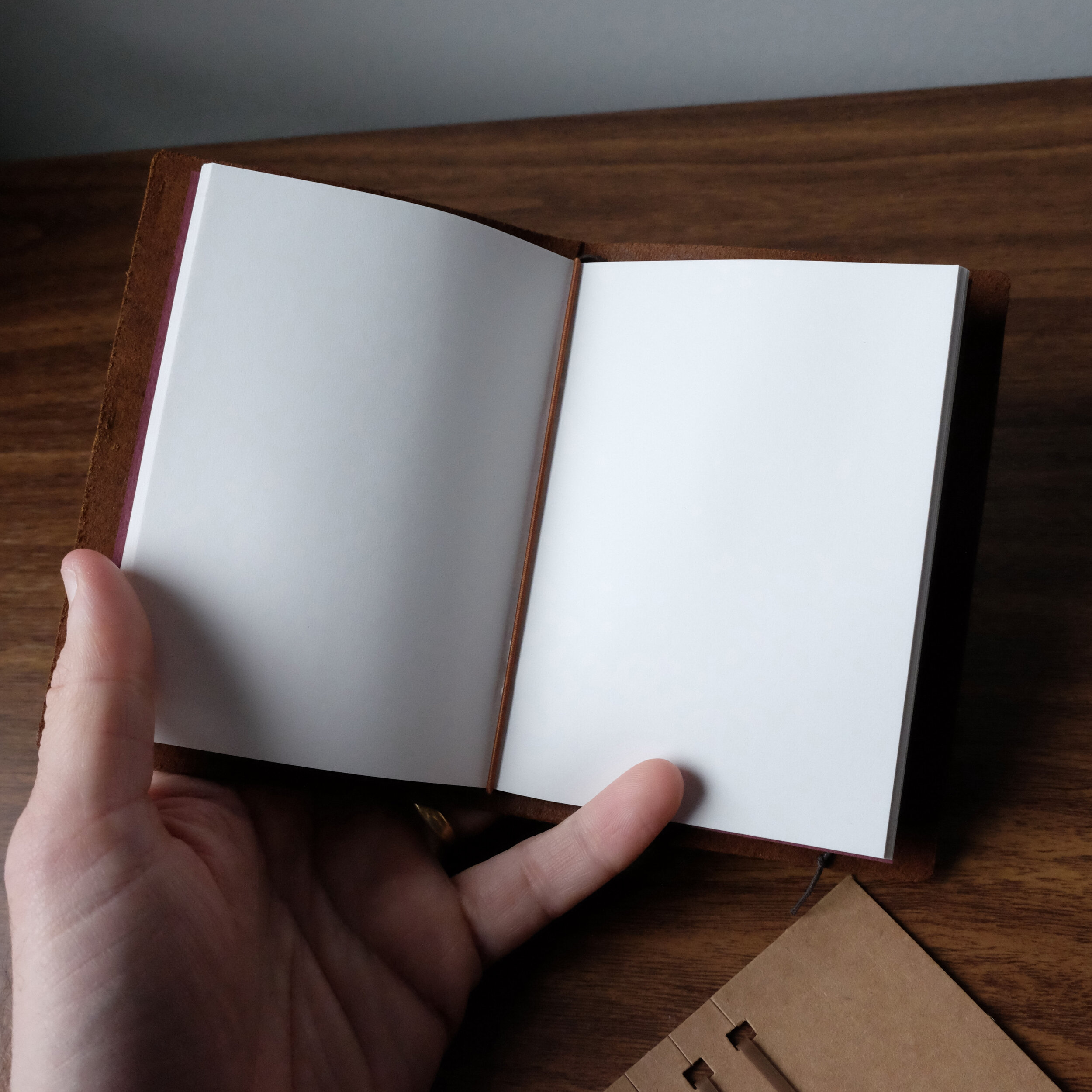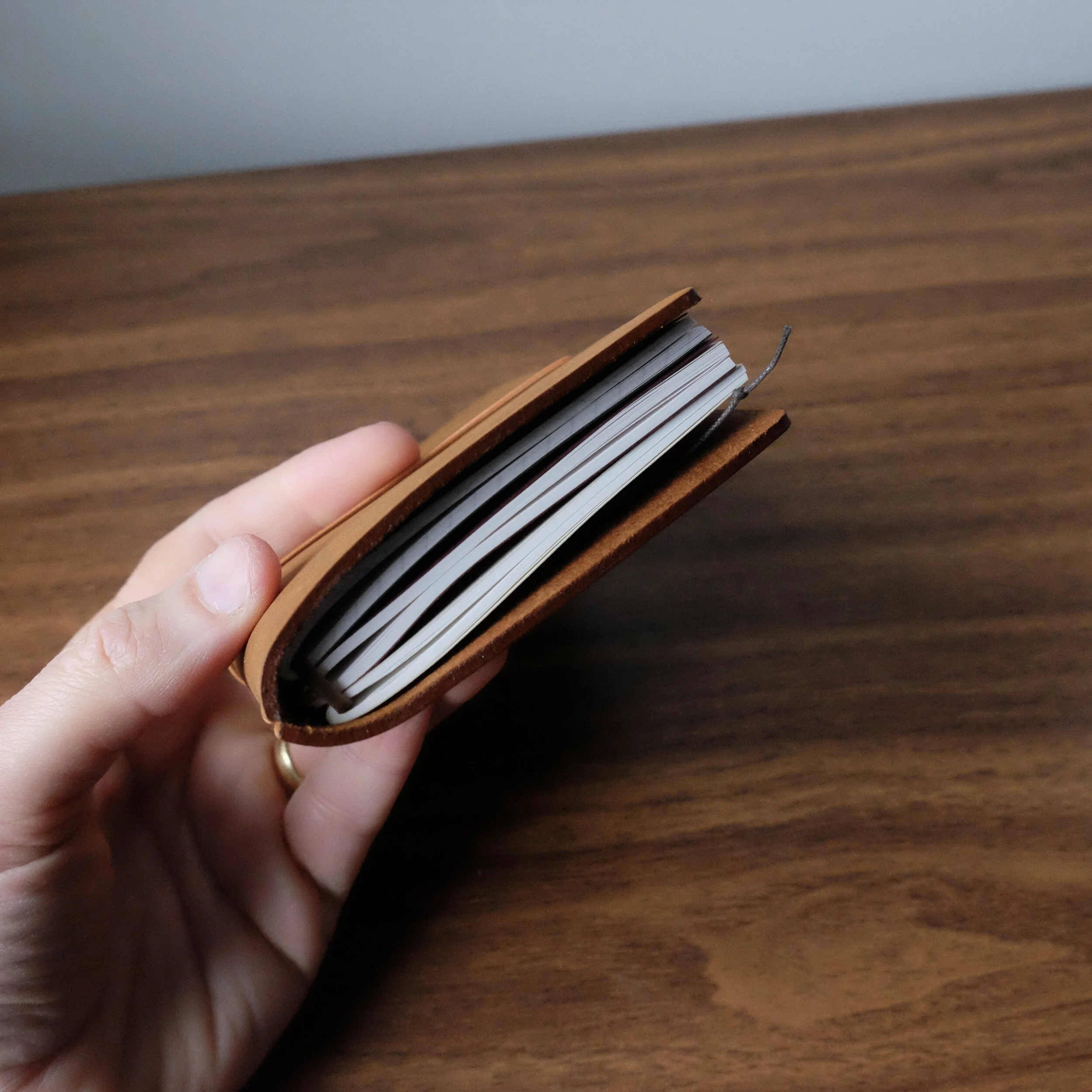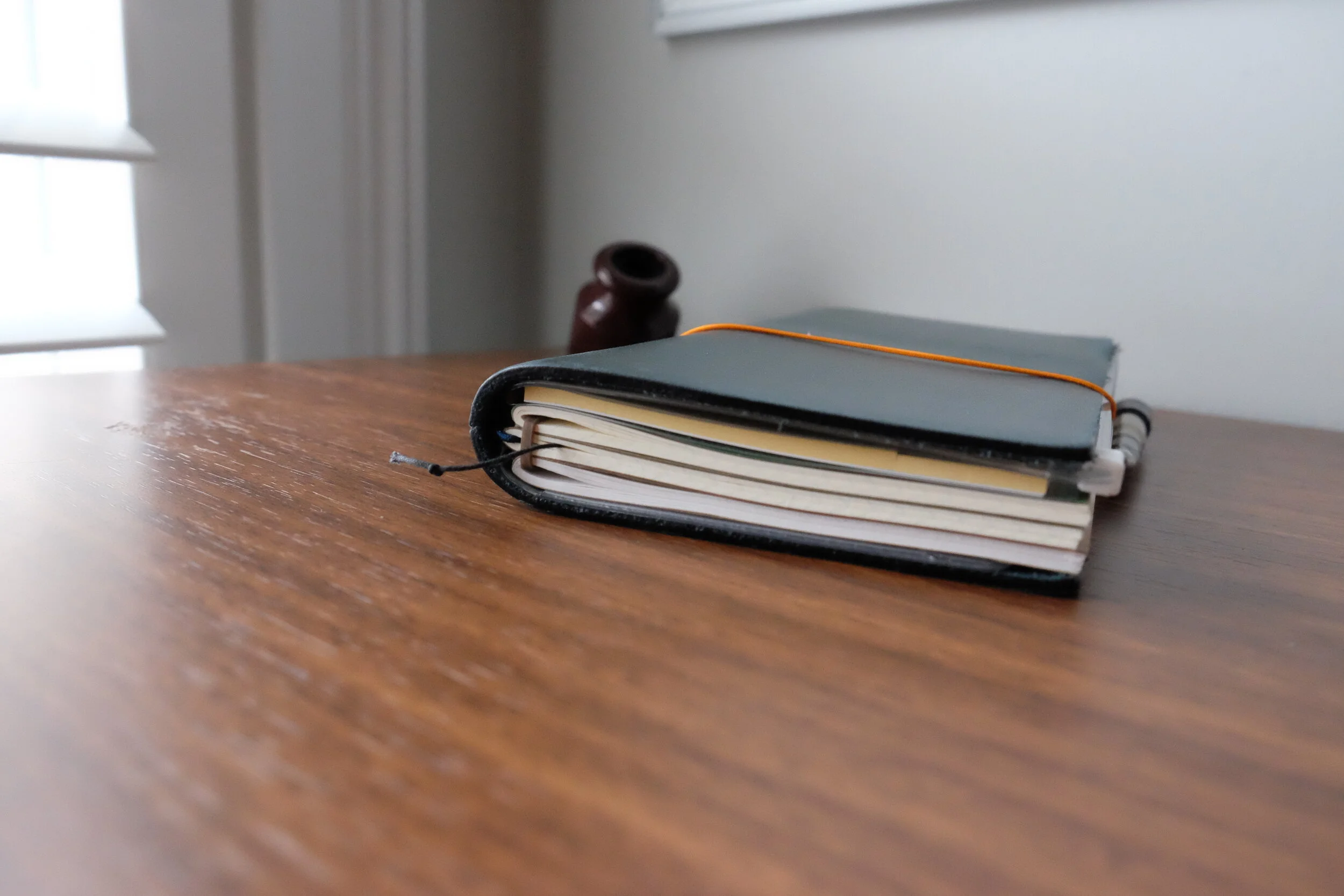It’s that time of year again, and consistent with my firmly held belief that Halloween and Thanksgiving are still holidays, I’ve held off on issuing the T.G.S. Holiday Gift Guide until the second half of November! (Personally, I’d love to wait until Black Friday, but given shipping delays, everyone should be getting a head start on orders.) As with last year, the 2021 Holiday Gift Guide features a selection of products from the fully restocked T.G.S. Curated Shop.
While the gift guide has more than a dozen different gift ideas, if I had to pick three personal favorites for gift-giving this year, they would be the following:
Caran d’Ache 849 Rollerball Pens. These have now started shipping in the Caran d’Ache metal clamshell cases, so they make an impressive gift presentation that won’t break the bank. While the 849 Rollerball ships with an excellent Caran d’Ache Rollerball refill, the pen accepts any Parker-style refill, ballpoint or rollerball. Your recipient will be able to easily use this pen for a long time.
A Midori MD Notebook with a Natural Goat Leather Cover. I’ve found that few gift ideas are more universally loved than nice notebooks, because even non “pen people” use notebooks in one way or another. The Midori MD brand combines both high-quality paper and a universal size cover that can probably be refilled not only with easily available MD notebooks but other similarly-sized refills.
Hightide Co. Desktop Hourglass and/or Folding Metal Book Stand. I LOVE analog timers that don’t feature a jarring buzzer, and these Hightide Co. desktop sandglasses/hourglasses are one of my favorite items in the shop. They’re useful and they look great in an office. Similarly, the folding metal book stands make an inexpensive, yet thoughtful, gift for the reader or office worker, who can use it to hold anything from a book to a notepad or electronic tablet.
Check out these and more in the 2021 Gift Guide. We’ve been receiving a high volume of orders lately, but don’t be concerned if something is sold out - We are constantly restocking and recently placed a couple of large orders so please keep checking back.
The T.G.S. Curated Shop is an authorized retailer of all brands sold. By shopping with us directly, you are supporting original content, pen reviews, pen show events, etc. from The Gentleman Stationer. If you would like to support us even further, please consider checking out the T.G.S. Patreon Program, which offers access to online meetups, exclusive discounts and pre-orders, and more!
